Interview: CASTELVI (a.k.a. DJ BARBI)
We spoke with CASTELVI (a.k.a. DJ BARBI) about Open Format DJ culture, ahead of PRP x Que'd Up's 'Intro to Mixing Vinyl' Workshop on June 1st.
By Julia Girdharry
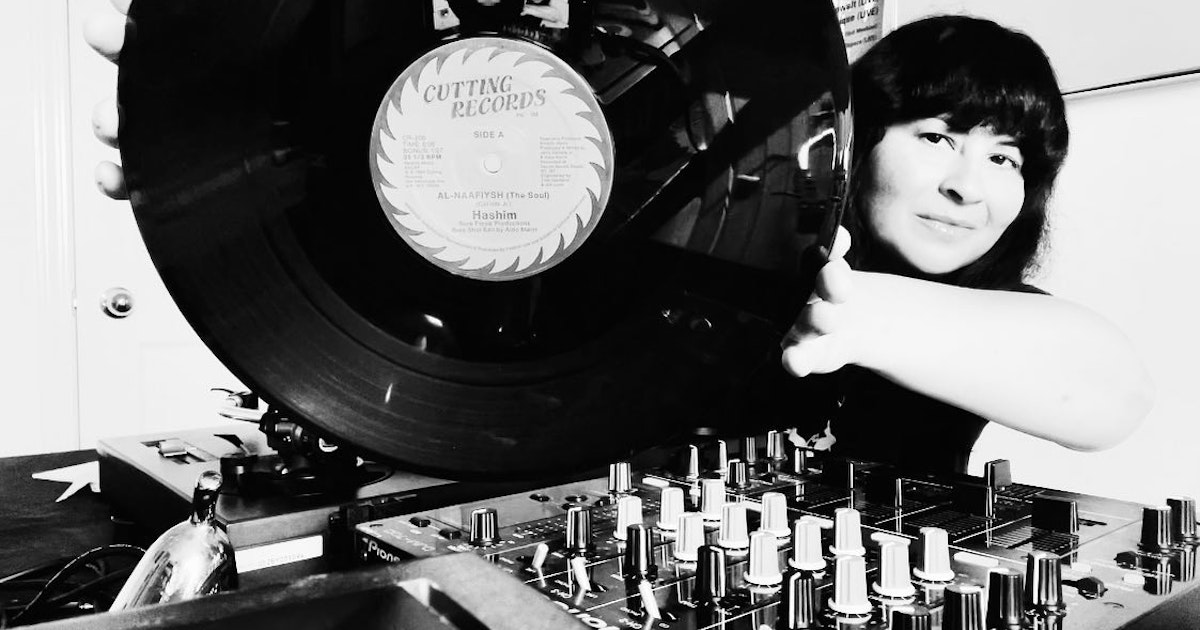
There isn't a better vinyl mixing teacher out there than DJ BARBI aka Barbi Castelvi.
There isn't a better vinyl mixing teacher out there than DJ BARBI, also known as Barbi Castelvi, or CASTELVI. She is an open-format DJ, which means she doesn’t follow any fixed rules or genre boundaries. Her sets are built to tell stories, often taking dancers on journeys through different eras and styles, blending unexpected tracks with crowd favorites and transforming even the stiffest guests into full-blown party animals.
In Toronto’s golden age of rave culture, Barbi Castelvi became a trusted name, a cornerstone of the scene whose deep knowledge and lived experience continue to shape the city’s underground. This year, participants of the Que’d Up Intro to Mixing Vinyl workshop for Pride 2025 will have the chance to learn directly from her. Barbi’s resume spans musician, teacher, and band manager. She is also the co-founder of Intellegenix Records, alongside her partner Cryogenetic, also known as M. Gomes, with whom she now performs in their current project, Siviyex. The pair previously made up half of the electro duo Syntonics, active during Toronto’s golden era of rave from 2000 to 2009. In addition, Barbi serves as Chairperson for the JUNO Award for Electronic Album of the Year.
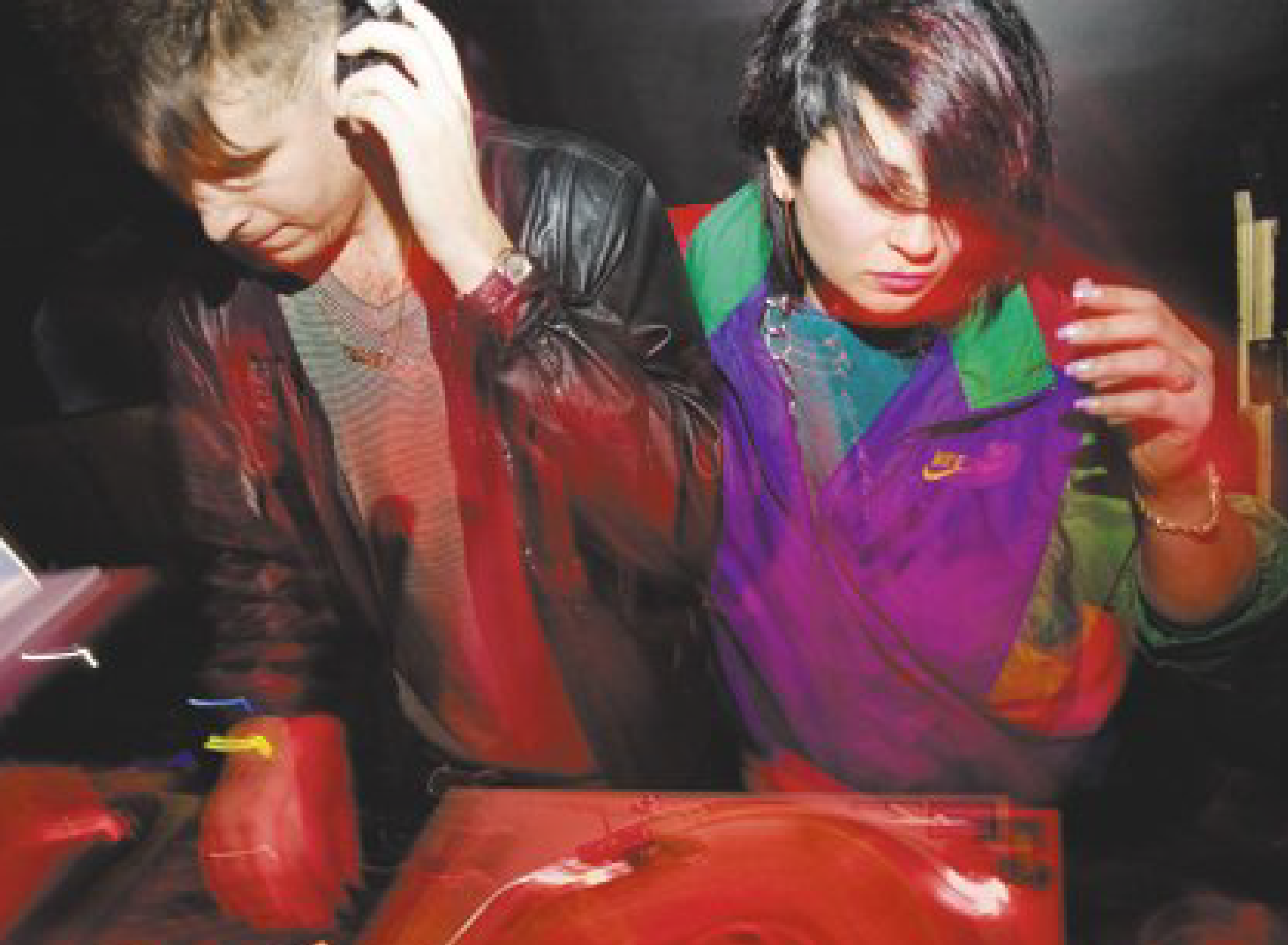
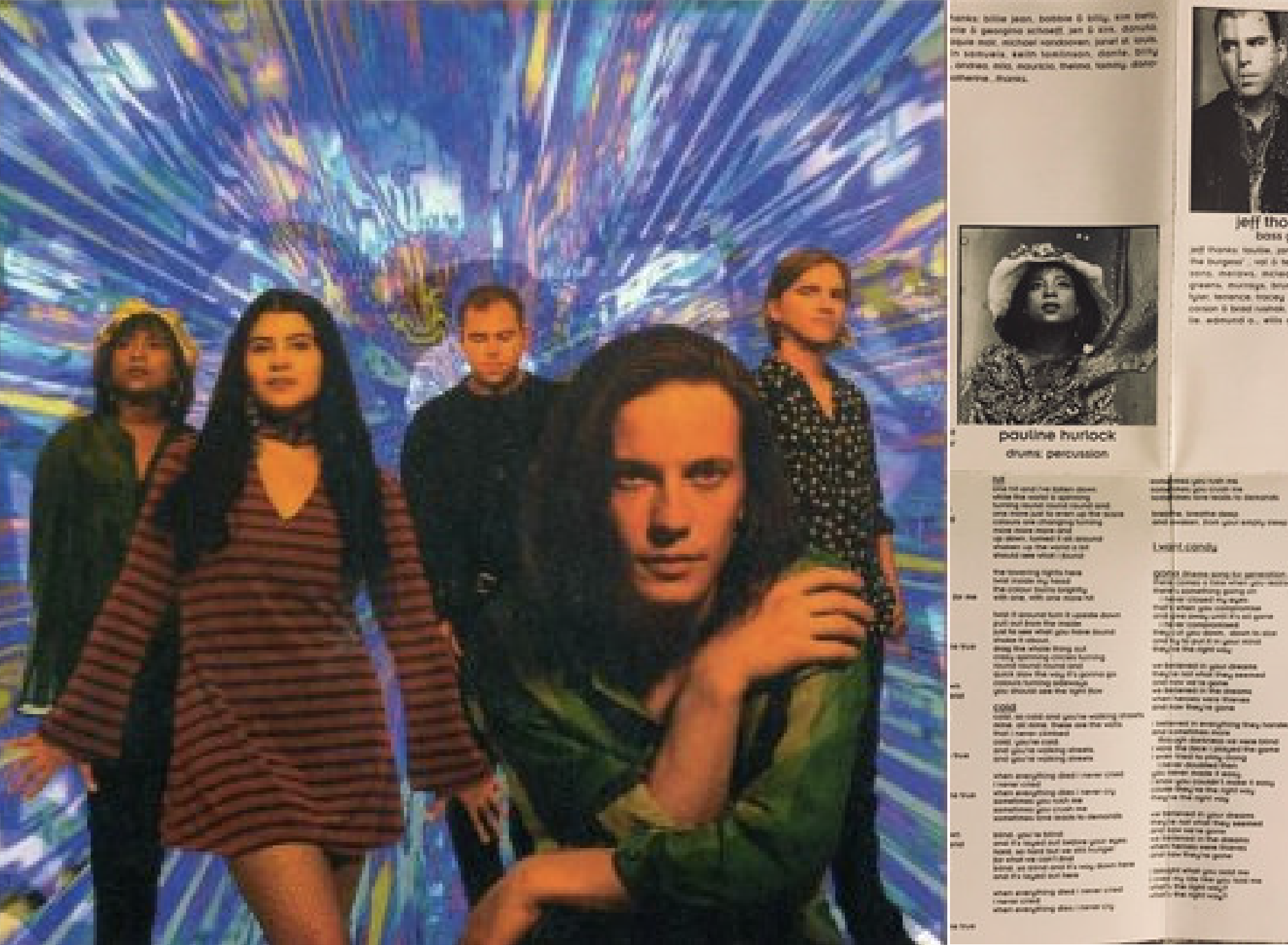
"When I was a kid, I was one of those people that were making mixtapes for people. That's the beginning of my DJing journey. You're telling a story with your mixtapes. You're chartering an adventure."
Early in her career, Barbi played in multiple bands at once as a way to immerse herself in different scenes and become acclimated to a range of sounds. One project was a deep house act called Dante (1991-1992), which signed to a Belgian label. Another was Rail T.E.C (1991-1994), a Grebo-inspired electronic group signed to EMI. In the early days of Toronto Techno, she was in Positronic Brain (1993-1994), which many OG raves remember opening for Rictchie Hawntin. She started a post-punk group called The Spy (1995-2001) , then joined Rocket Tits (1998-2003), an all-women punk band with Peaches, which covered Devo, the Clash, and ACDC. She later formed an experimental electronic improv group Keyop, featuring heavy synths, vocoders, and even a theremin. She played bass in another band called Les Six (2003-2005).
Barbi’s free-form DJing began during her time in The Spy. After seeing the band perform and learning about Barbi’s extensive record collection, local promoter, Shawon, invited her to DJ at the Bovine Sex Club, a well-known punk venue on Queen Street. At the time, both promoters and nightlife regulars across the city were searching for something fresh. That moment marked the beginning of a wave of genre-mixing energy that would soon catapult Toronto’s underground scene into something explosive and new.
"I went from DJing for nobody but myself, playing the music I like, to feeling pressure getting the party started. That's when it becomes a job and you start breaking your own rules to get hired. I still play a lot of corporate gigs, where I make dumb money only when they're paying you to be you."
In the late 1990s, Toronto’s techno scene was booming but had become too polished. Barbi was drawn to the early 2000s electroclash and dance punk scenes instead. Those spaces were messy, inclusive, and bursting with energy. What people now call Indie Sleaze, was just people mixing genres and creating new sounds. Toronto’s underground music scene runs in cycles. It starts in basements, branches out, and eventually surfaces. Barbi has watched these shifts happen over and over. New subcultures emerge, some public, some hidden. The city’s openness invites everyone, but there are barriers to entry that organizations like Que’d Up aim to break down.
"If you keep an open mind and live in a diverse city like Toronto, where it's a wealth of inspiration, culture, and talented people coming in and out of the city, introducing new concepts that grow other, you get to see your scene become one of the biggest in the world, like the rave scene in Toronto."
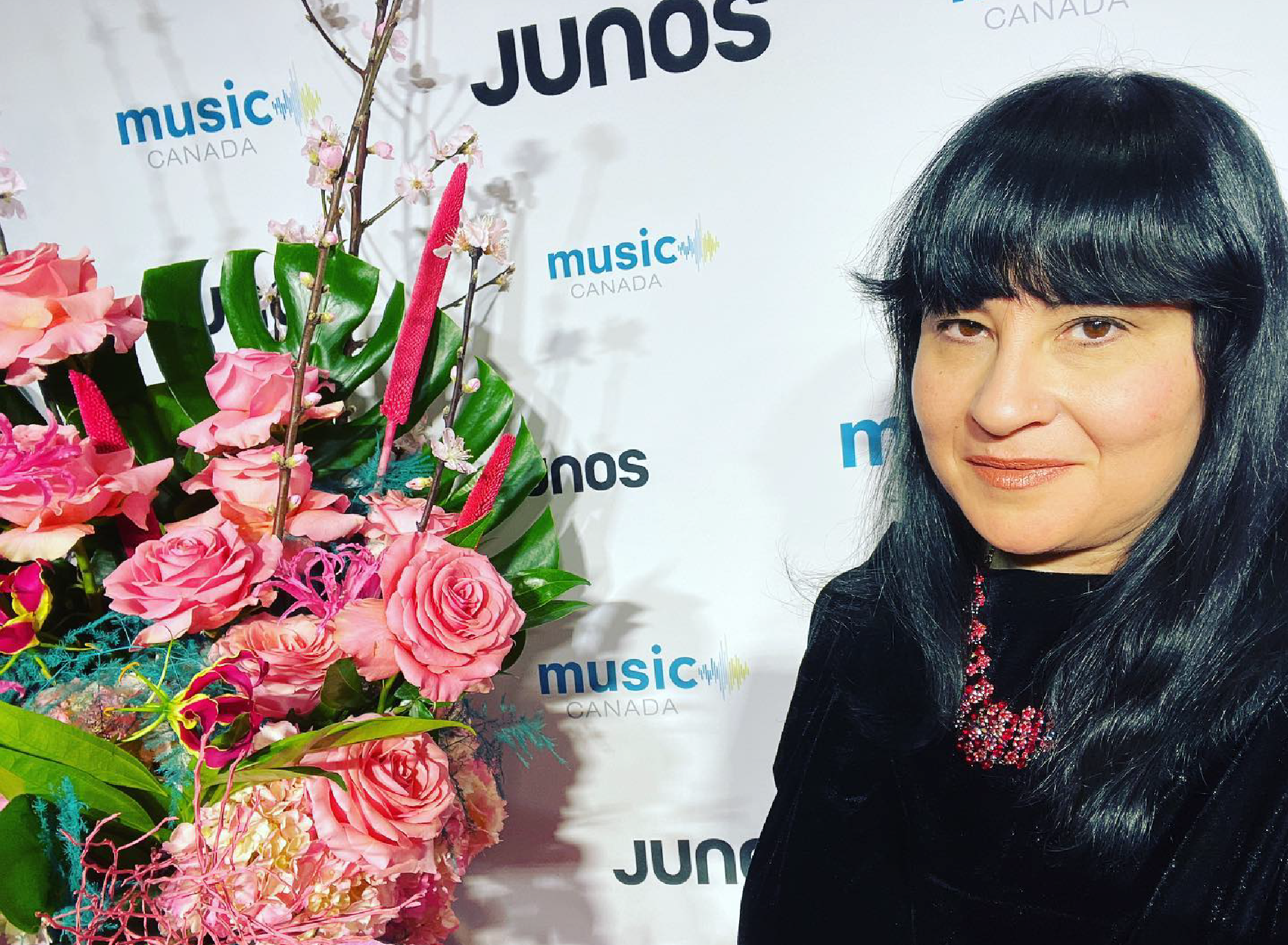
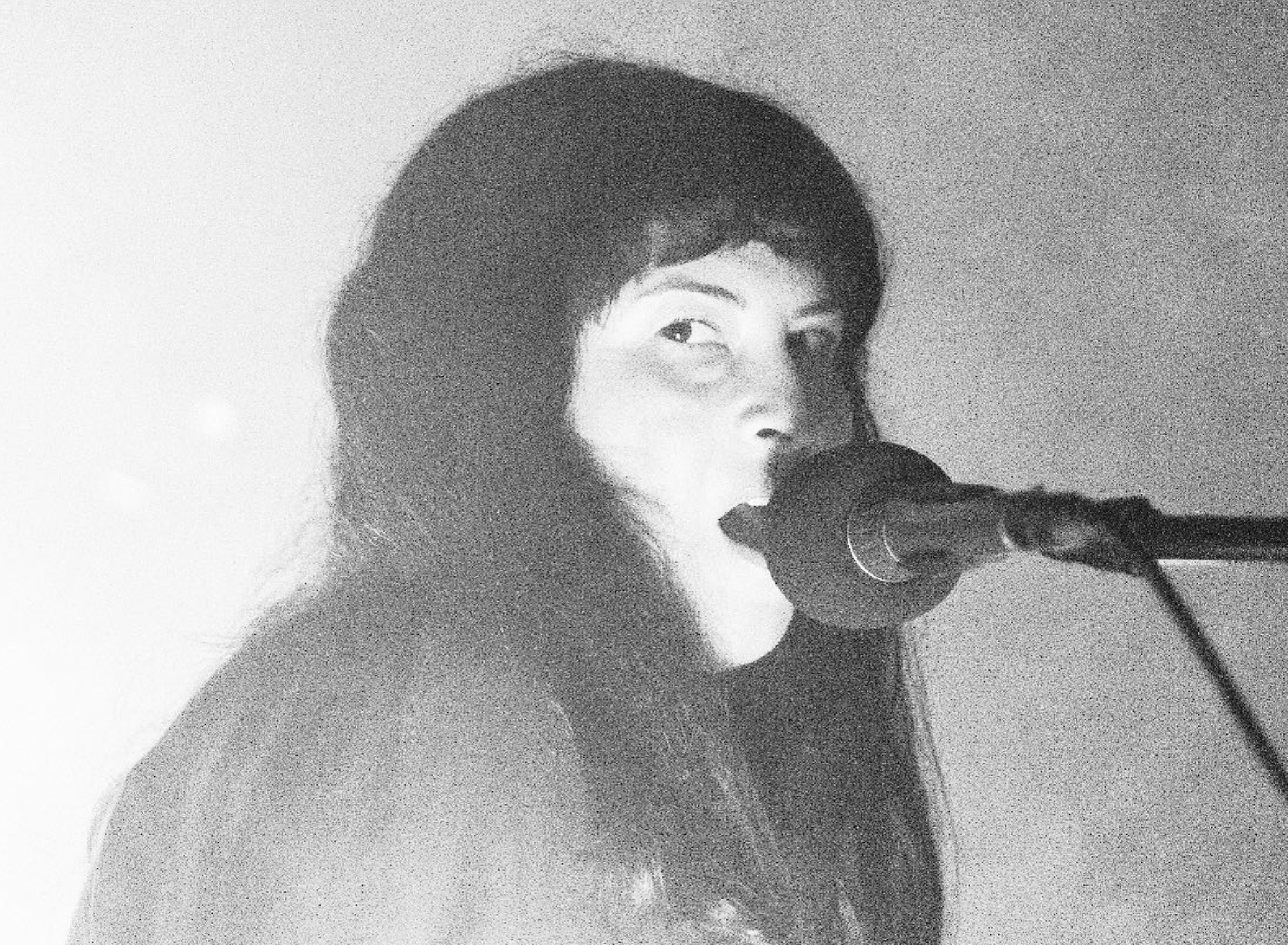
To Barbi, being a Great DJ was less about technical chops but more about how you cultivate an authenticity that gets people moving. Some DJs rely on persona or theatrics, like wearing headgear in the style of Daft Punk, to create a sense of spectacle. But for Barbi, it has always been about the records. Years of listening deeply and observing other music scenes closely helped her develop a formula that fills clubs without relying on flashy tricks or even traditional beatmatching. She also teaches music, and theory informs her DJing. She understands key relationships and uses them to shape transitions and emotional flow.
"I'm a top line writer for the most part, so I need to know the key of the song in order for me to make something that sounds proper."
Selection is what matters most to her. A set works when the records are right and you know them well. She might link songs by era, geography, or shared producers or band members. She might play a string of Italo disco tracks, or jump from Drexciya to Dopplereffekt to create movement in a set. Mixing vinyl without sync functions requires deep knowledge of each track. Older records, especially those with live drummers, are difficult to mix. They aren’t quantized, and the timing drifts. Without DJ software to sync or correct, every transition has to be earned. A bad key match can derail the energy of a set.
"For long sets, I may bring a bag of records with me and I’ll use Serato and then going back to vinyl. You can tell the difference, the vinyl is just warmer. It sounds more present. You feel it."
Throughout her career, Barbi has not only played a wide range of music but also made space in a male-dominated field in which being absolutely unapologetic pays off. In the early days of Toronto's DJ culture, female representation was sparse. Her success was not just about talent but also resilience and visibility in spaces where few women were recognized.
"I can name you probably five girls that were the upstarts of the Toronto DJ scene that were female. It pays to be a needle in a haystack."
Barbi Castelvi’s journey is proof that there’s no single path to mastery. She never attended DJ school and didn’t even own turntables until DJing became a full-time job. Her skills were honed through instinct, repetition, and playing whatever rooms would have her. Each set taught her something new. What set her apart wasn’t technical perfection but her ability to tell a story, drawing from a deep and diverse musical past. Through years of band gigs, record collecting, and immersion in Toronto’s underground, she built a palette that’s both refined and raw. In a scene that can feel crowded with flash and formula, Barbi stands as a reminder that authenticity isn’t learned, it’s lived.
If you're inspired to hit the decks, join Toronto legend Barbi Castelvi and Lana Violette for a vinyl mixing workshop, On June 1st from 1–4PM at Geary Avenue Rehearsal Studios.
Register via Google Form with a PWYC donation. Open to LGBTQ+ community members only.
Header photo by Barbi Castelvi.